
Energizer Yummy
These five snacks fit the bill when your body needs recharging to keep going and going.
By Candy Sagon
For long hikes or strenuous outdoor activities, protein bars are a convenient way to fuel a Scout’s body between meals. But choose carefully—you want a bar with a balance of carbs for energy, protein for muscle-strength and endurance, and not too much fat. For the healthiest results (and best taste), keep the protein under 20 grams. Here are five of the best:
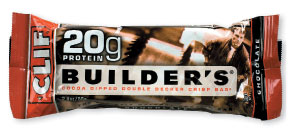 Clif Builder’s bar
Clif Builder’s bar
Chocolate
Calories: 270
Carbs: 30 grams
Protein: 20 grams
Fat: 8 grams
Taste: Chocolatey but with a strong soy flavor; chewy, slightly dry
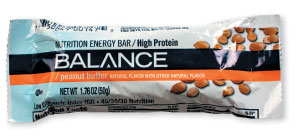 Balance Nutrition Energy Bar/High Protein
Balance Nutrition Energy Bar/High Protein
Peanut Butter or
Yogurt Honey Peanut
Calories: 200
Carbs: 21 grams
Protein: 15 grams
Fat: 7 grams
Taste: Chewy, peanutty, not dry,
pleasantly sweet
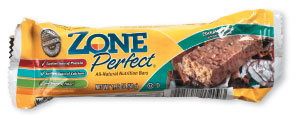 Zone Perfect
Zone Perfect
Chocolate Mint
Calories: 210
Carbs: 24 grams
Protein: 14 grams
Fat: 7 grams
Taste: Crunchy, nicely minty, with slight soy flavor
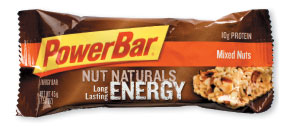 PowerBar Nut Naturals
PowerBar Nut Naturals
Mixed Nuts
Calories: 210
Carbs: 19 grams
Protein: 10 grams
Fat: 10 grams
Taste: Like a nutty
Rice Krispies Treat
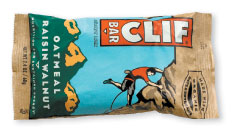 Clif bar
Clif bar
Oatmeal Raisin Walnut
Calories: 240
Carbs: 43 grams
Protein: 10 grams
Fat: 5 grams
Taste: Like a dense, under-baked oatmeal raisin cookie; not overly sweet
THREE TYPES OF ENERGY BARS
An energy/protein bar should be more than just a candy bar with some added vitamins. A study of two popular types of energy bars by Ohio State University found that bars with a 40:30:30 ratio (40 percent carbs, 30 percent protein, 30 percent fat) gave a moderate increase in blood sugar (for energy) that held steady for about two hours. Bars with higher carbs produced a big sugar rush, followed by a sharp decline—similar to eating a candy bar.
Don’t be fooled by super high-protein bars, either. Those won’t provide the needed energy boost quickly enough, say nutrition experts, and they can be dehydrating, which is dangerous on a long trek.
Here are the basic types of energy bars:
High carbohydrate, low protein: These bars often use combinations of dried fruit, high fructose corn syrup, fruit juice, and sometimes nuts to provide a quick hit of energy. Many of the dried fruit bars, as well as many well-known granola and breakfast bars, fall into this category. They’re basically sugar with some vitamins plus a little protein and fiber.
40:30:30: When you check the nutrition information, this is the basic ratio of carbohydrates to protein to fat you should see—the same balance found in a healthy meal. These bars work for a large group of people, from busy adults needing a convenient meal replacement, to athletes, to outdoorsmen. A good example of this type is the Balance bar, with 21 grams of carbs, 15 grams of protein, and 7 grams of fat.
High protein: These are generally the biggest bars, very high in calories as well as protein. These are more suited for body-builders than outdoor campers or hikers. Dietitians generally advise eating no more than 20 grams of protein in an energy bar and many of the high-pro brands contain 20 to 30 grams. Too much protein can be dehydrating and hard on the kidneys, which is why at least one major high-protein brand notes on the label that drinking 8 ounces of water with the bar is strongly recommended.